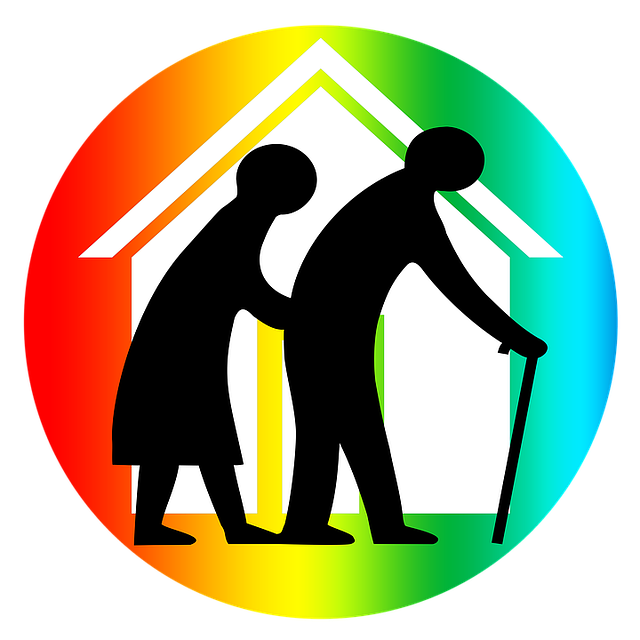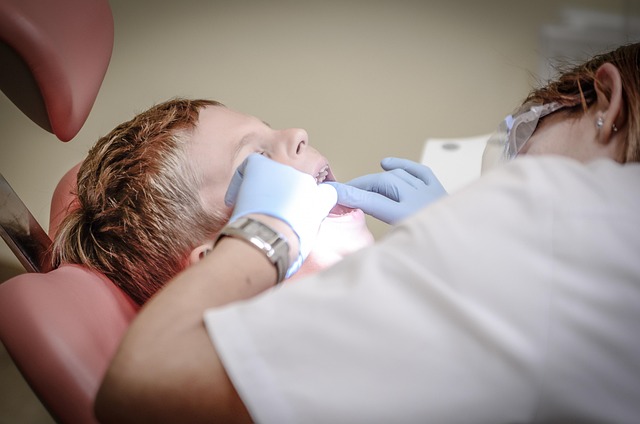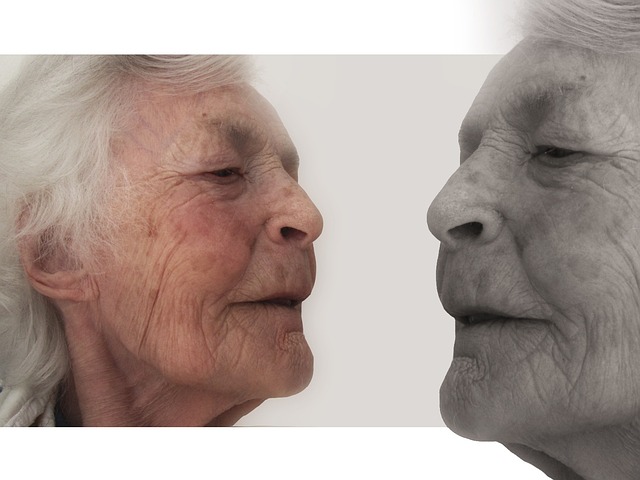Save Money on Top-Rated Elderly Care in Laredo, Texas – Free Consultation!
Looking to provide reliable and affordable elderly care in Laredo, Texas? Our companion care service…….
In the vibrant city of Laredo, Texas, a silent yet profound revolution is taking place—one that involves the care and support of its aging population. “Elderly Care Laredo Texas” encompasses a comprehensive network of services, resources, and initiatives designed to enhance the quality of life for seniors while ensuring their safety, independence, and overall well-being. This article delves into the intricate world of elderly care in Laredo, exploring its definition, historical evolution, global impact, economic implications, technological innovations, regulatory framework, challenges, and future prospects. By shedding light on these aspects, we aim to provide a comprehensive understanding of why “Elderly Care Laredo Texas” is not just a service but a cornerstone of a thriving community.
Definition: Elderly care, in the context of Laredo, refers to a multi-faceted system that includes various services tailored to meet the unique needs of seniors aged 65 and above. This encompasses medical assistance, social support, rehabilitation, home care, assisted living facilities, and community-based programs aimed at promoting active aging and addressing age-related challenges.
Core Components:
Healthcare Services: Access to healthcare professionals, regular check-ups, management of chronic conditions, and end-of-life care are essential elements. Laredo’s elderly care system ensures seniors receive medical attention tailored to their needs.
Social Engagement: Combating social isolation is crucial. Community centers, senior clubs, and volunteer programs facilitate social interactions, fostering a sense of belonging and mental well-being.
Assistive Technologies: From smart home devices to mobile health monitoring apps, these technologies assist seniors in living independently while providing remote care options for family members.
Home Care Services: Home visits by nurses, physical therapists, and caregivers enable seniors to receive support in familiar surroundings, promoting a higher quality of life.
Assisted Living Facilities: These residential communities offer specialized care, social activities, and assistance with daily tasks, catering to those who require more intensive support.
Historical Context: The concept of elderly care has evolved over the years, reflecting societal changes and an increasing awareness of seniors’ rights and needs. In Laredo, initiatives started as informal community efforts, gradually transitioning into a structured system with government support in the late 20th century. Today, it is a well-organized network, benefiting from advancements in healthcare, technology, and social services.
“Elderly Care Laredo Texas” does not operate in isolation; it is influenced by global trends and international best practices. Here’s an overview:
| Global Trend | Impact on Laredo | Examples |
|---|---|---|
| Aging Population: The world is experiencing a rapid aging trend, with the number of people aged 65+ projected to double by 2050. | Increased demand for elderly care services in Laredo, emphasizing the need for robust infrastructure and policies. | Growth in senior citizen populations globally has led to more investment in geriatric healthcare and social support systems. |
| Telehealth Revolution: The adoption of digital technology for remote healthcare delivery has gained momentum worldwide. | Expansion of Laredo’s telemedicine services, allowing seniors to access medical consultations from the comfort of their homes. | Many countries are implementing tele-geriatrics programs to improve healthcare accessibility for remote areas, a concept that aligns with Laredo’s approach. |
| Community-Based Care: There is a growing emphasis on providing care within familiar community settings rather than solely in institutions. | Encouraging development of community-centric elderly care programs, such as senior centers and volunteer initiatives. | The World Health Organization (WHO) promotes integrated community-based care models, which have been successfully adopted in various countries. |
| Cultural Sensitivity: Recognizing the importance of culturally tailored care, especially for immigrant populations, is a global trend. | Laredo’s care system adapts to diverse cultural needs, ensuring services are sensitive to linguistic and ethnic backgrounds. | Cultural competency training for caregivers and healthcare providers is becoming mandatory in many regions to improve service quality. |
The economic landscape of elderly care in Laredo is multifaceted and interconnected:
Market Dynamics: The demand for elderly care services has led to the growth of a local industry, creating employment opportunities and contributing to the city’s economy. According to a 2021 report by the Texas Department of Aging and Disability Services, Laredo’s senior population is expected to grow by 35% between 2020 and 2040, presenting both challenges and opportunities for service providers.
Investment Patterns: Private investments in elderly care facilities and home healthcare services have been steady, reflecting the sector’s potential. Local businesses and entrepreneurs recognize the long-term benefits of providing specialized care, leading to diverse service offerings.
Economic Impact: The industry supports a significant number of jobs, from healthcare professionals to caregivers and administrative staff. The United Way of South Texas estimates that Laredo’s elderly care sector contributes over $150 million annually to the local economy.
Government Funding: The city government allocates resources for elderly care programs, ensuring accessibility and affordability. Grants and subsidies from state and federal agencies further support initiatives aimed at improving seniors’ lives.
Technology plays a pivotal role in enhancing elderly care:
Telemedicine: Remote healthcare consultations via video conferencing have become invaluable, especially during the COVID-19 pandemic. Laredo’s healthcare providers utilize telemedicine to monitor chronic conditions and provide mental health support without physical visits.
Wearable Health Devices: Smartwatches and fitness trackers help seniors monitor their vital signs and activity levels. These devices can alert caregivers or healthcare providers if assistance is needed.
Mobile Health Apps: Numerous applications assist with medication management, exercise routines, and cognitive stimulation. Caregivers can use these apps to track a senior’s daily activities and provide timely interventions.
Smart Home Automation: From voice-controlled lights to automated medicine dispensers, smart home technologies make daily tasks easier for seniors and reduce the workload on caregivers.
Laredo’s elderly care system is governed by state laws and local regulations that ensure quality and safety:
Licensing and Certification: All assisted living facilities, home healthcare agencies, and adult day care centers must obtain licenses from the Texas Department of Licensing and Regulation. Regular inspections ensure compliance with safety standards.
Geriatric Care Management: Certified Geriatric Care Managers (CGCMs) coordinate comprehensive care plans for seniors, ensuring their needs are met across various service providers.
Aging in Place Initiatives: Laredo promotes “aging in place” policies, encouraging the development of housing and community environments that support seniors’ independence. This includes accessible public spaces and home modifications.
End-of-Life Care: The city offers resources and support for end-of-life care, honoring the wishes of seniors while providing comfort and dignity.
Despite its progress, Laredo’s elderly care system faces challenges that require ongoing attention:
Workforce Shortages: There is a constant need for trained caregivers and healthcare professionals. Addressing this shortage through education programs and incentives can ensure a robust workforce.
Affordability: While Laredo offers various services, some seniors struggle with the cost of care, especially in assisted living facilities. Subsidies and community support programs can help make these services more accessible.
Technology Adoption: Despite technological advancements, not all seniors or their caregivers are comfortable using digital tools. Providing training and outreach programs can bridge this digital divide.
Future Planning: As the aging population continues to grow, Laredo must anticipate future needs by investing in infrastructure, research, and prevention initiatives. This includes promoting active lifestyles and healthy aging.
“Elderly Care Laredo Texas” is not merely a service but a strategic approach to building a resilient community that values its seniors. By recognizing the unique needs of its aging population, Laredo has fostered an environment where seniors thrive, contribute, and receive the care they deserve. As global trends continue to shape local initiatives, the city’s commitment to elderly care ensures that future generations will benefit from a well-planned, comprehensive system, fostering a healthier and more connected community for all ages.

Looking to provide reliable and affordable elderly care in Laredo, Texas? Our companion care service…….

Transform elderly care in Laredo, Texas, with our revolutionary bathing aid solutions. Say goodbye t…….

Looking for enhanced elderly care solutions in Laredo, Texas? Our innovative bathing aid system is t…….

Looking for affordable elderly care in Laredo, Texas? Our top-rated services offer a game-changing s…….

In Laredo, Texas, where senior well-being is a priority, New Mobility offers a groundbreaking soluti…….

Are you seeking top-quality Elderly Care in Laredo, Texas? Best Laredo Home Assistance offers an unp…….

Looking for high-quality elderly care in Laredo, Texas, without breaking the bank? Elderly Care Lare…….

In Laredo, Texas, Best Home Assistance is your trusted partner for reliable and affordable elderly c…….